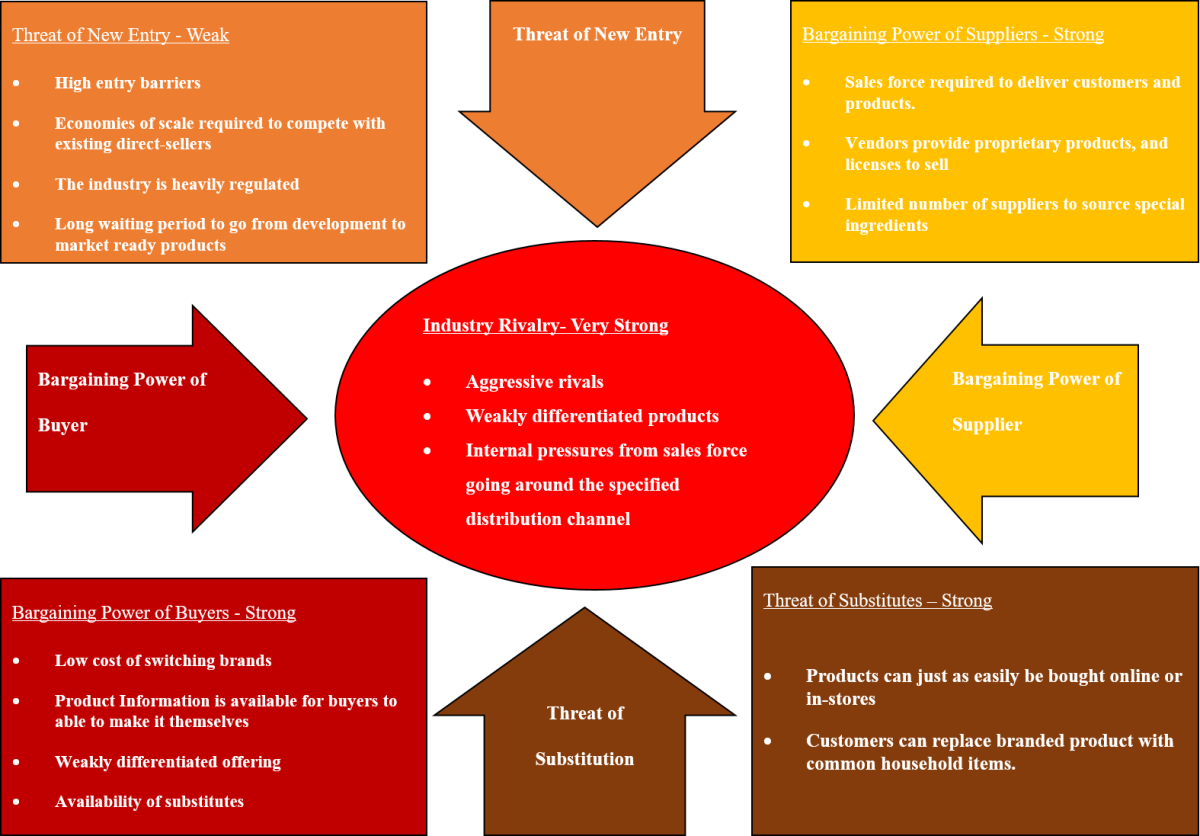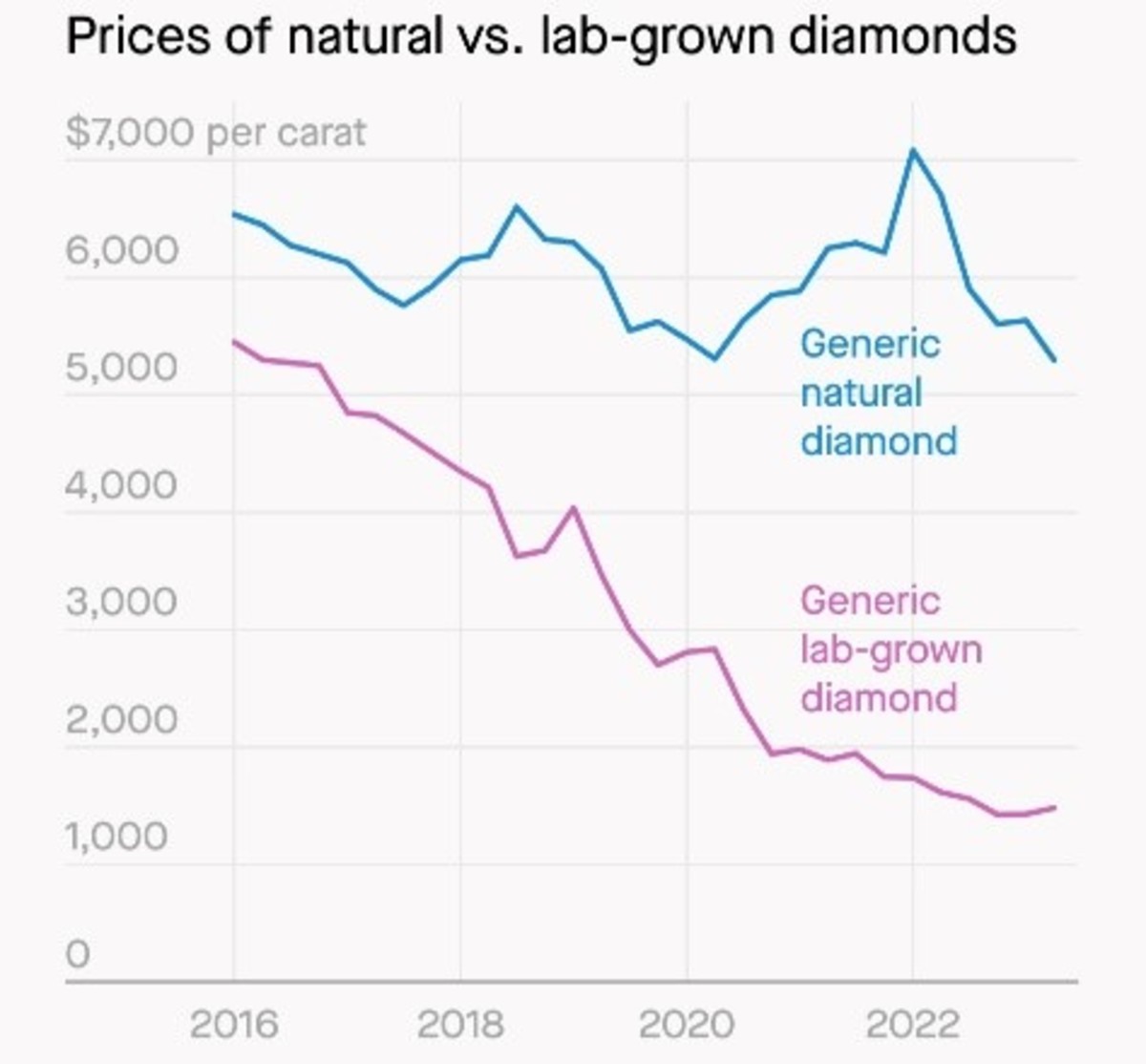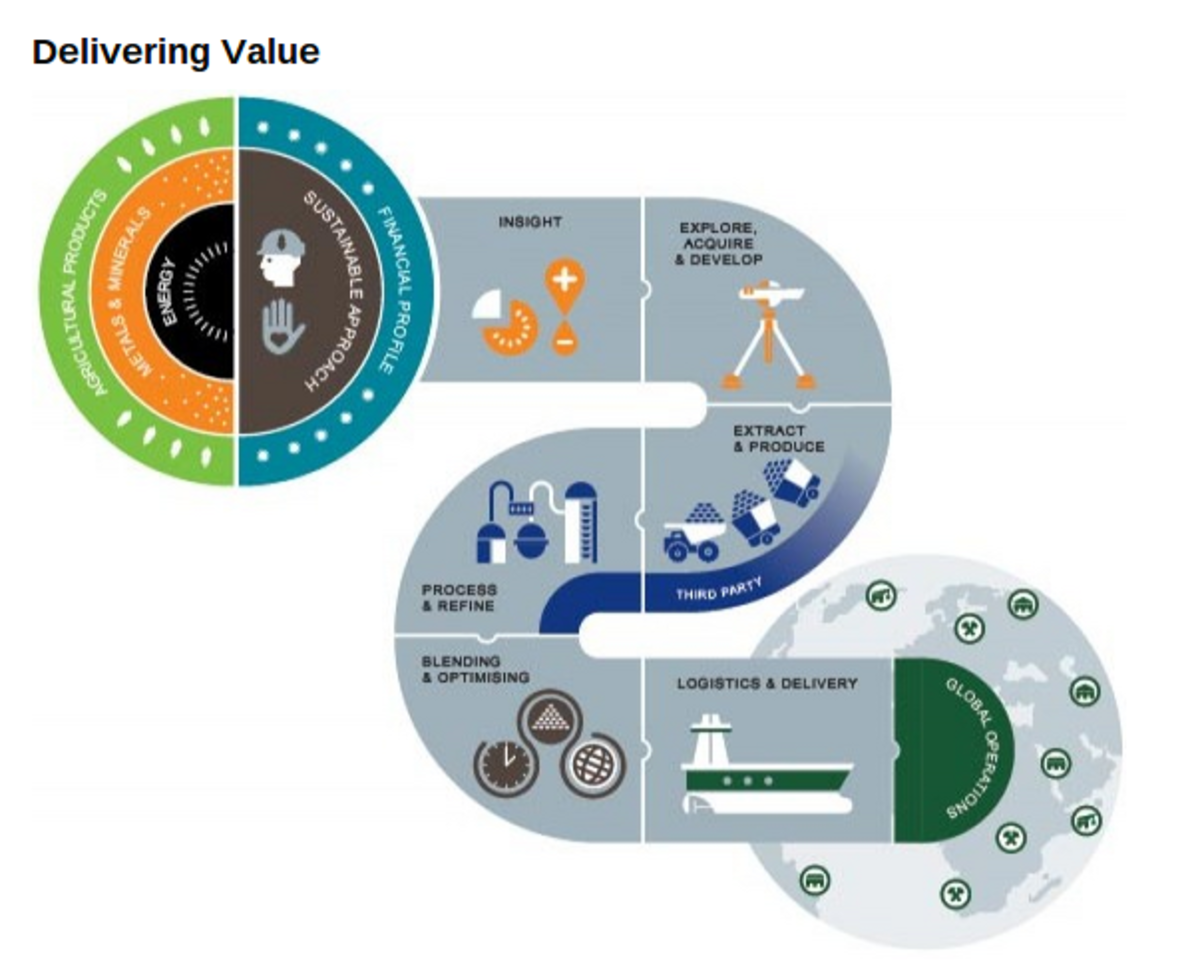Accounts Payable Turnover Ratio
The Account Payable Turnover Ratio (or APT ratio) is used to measure the length of time that is needed for a company to repay (liquidity of the company) its suppliers. The suppliers of a company are simply companies that produce different parts that the company could assemble together. For example a glass manufacturer is a window supplier for a car manufacturer, as the car manufacturer gives orders of windows of specific sizes and shapes to the glass manufacturer.
The APT ratio’s main purpose is to measure short term liquidity, as suppliers allow short a payment period, usually withing 30-90 business days, however this preriod is dependent on many factors, such as the industry norm, relative size of the supplier to that of the company, and the financial condition of the supplier.
The formula for the Account Payable Turnover ratio is
Accounts Payable Turnover Ratio = Cost of Goods sold/Accounts Payable
To fully understand this formula, first, we need to define the terms in the numerator and the denominator of the formula.
Cost of goods sold
Cost of goods sold is simply the money a company spends to manufacture the given product. The cost of goods take many things into consideration, such as the cost of raw materials and different parts from suppliers, the total cost of labor per good (divide total wages with number of goods sold on the market), electric bill per sold good, and many other types of costs. In the above formula this refers to the total costs of all of the goods produced in a set period of time.
Accounts payable
Accounts payable are the short term credits that the company has to pay within a set period of time, usually within less then one year, but more often than not this period is a few months.
Now let us see an example of the Accounts Payable Turnover ratio. Lets say that a company had total cost of production $10 million in its full fiscal year. Its total short term credits in the same period was $5 million. Applying the formula, we get an APT ratio of 2. This figure of 2 means that the company repays (turns over) its creditors 2 times a year, that is, every 182 days.
Advantages of using the Accounts Payable Turnover ratio
When valuing a company based on the APT ratio, one advantage is that only the performance of the company is taken into consideration, and no outside factors, like the current stock market sentiment, that determines the price of the share of the company.
This ratio determines the financial stability of the company with a good accuracy. A high Account Payable Turnover ratio signals that the company in question produces cash fast. If this figure is low, it suggests that the company is in serious cash flow trouble.
Disadvantages of using the Accounts Payable Turnover ratio
Low ratio results can be misleading. Many companies extend the period of credit turnover (rapayments) for financial efficiency reasons. For example, a company has income of $1 million. If the company is in a powerful position compared to its suppliers, it can invest that amount of money, for say 3 months (when the creditor payment is due). If the company receives 12% annual interest, that means, that for the 3 months it receives 3%, or $30, 000 minus the interest of the credit (if there is any).
Disputes with the suppliers also extends this turnover period, thus decreasing the Accounts Payable Turnover ratio.







